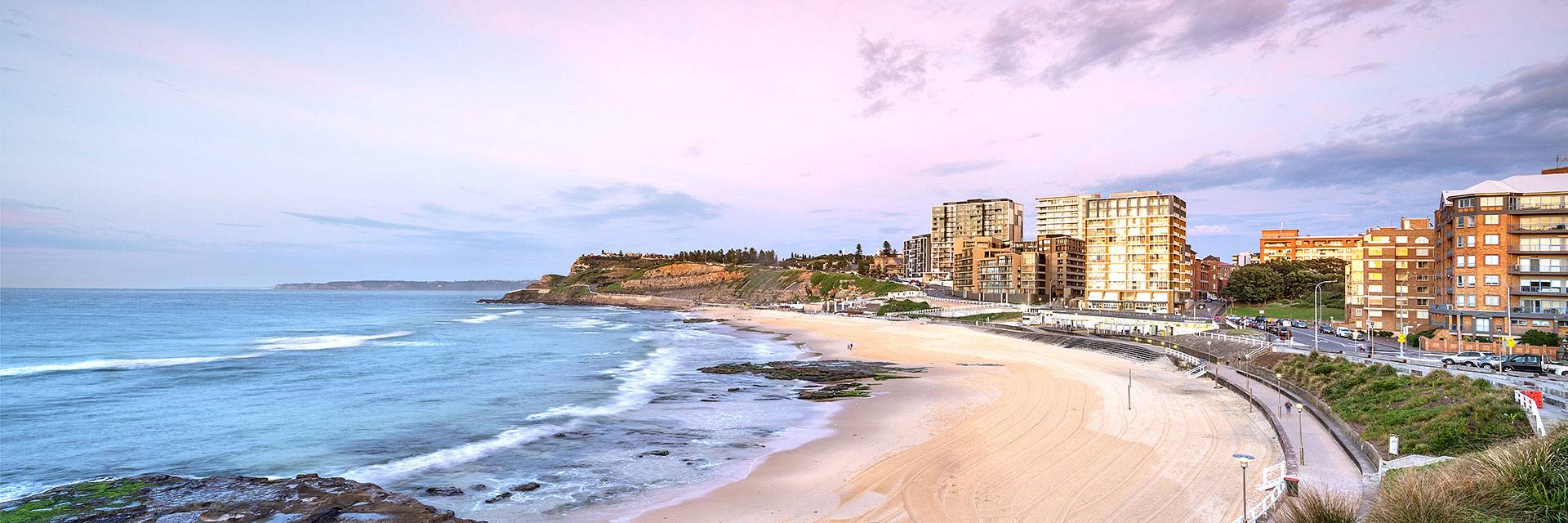From 23 March 2020, new residential tenancy laws will come into effect.
Currently, section 52(1) of the Residential Tenancies Act 2010 (NSW) (Act) provides that a landlord must provide the residential premises in a reasonable state of cleanliness and fit for habitation by the tenant. The Act does not provide much guidance as to what “fit for habitation” means. Since the Act’s inception, there have been several cases decided by the New South Wales Civil & Administrative Tribunal (Tribunal) as to what amounts to “fit habitation”.
The new changes will be more prescriptive as to what constitutes “fit for habitation”.
Section 52 of the Act will be amended to specify the minimum requirements that must be satisfied for residential premises to be fit to live in. A residential premises must:
- Be structurally sound*;
- Have adequate natural light or artificial lighting in each room of the premises other than a room that is intended to be used for storage or a garage;
- Have adequate ventilation;
- Be supplied with electricity or gas and have an adequate number of electricity outlet sockets or gas outlet sockets for the supply of lighting and heating to the premises and use of appliances in the premises;
- Have adequate plumbing and drainage;
- Be connected to a water supply service or infrastructure that supplies water (water tank for instance) that can supply hot and cold water for drinking and ablution and cleaning; and
- Contain bathroom facilities, including toilet and washing facilities, that allow privacy for the user.
*A premises is structurally sound only if the floors, ceilings, walls, supporting structures (including foundations), doors, windows, roofs, balustrades and railings:
(a) are in a reasonable state of repair, and
(b) with respect to the floors, ceilings, walls and supporting structures—are not subject to significant dampness, and
(c) with respect to the roof, ceilings and windows—do not allow water penetration into the premises, and
(d) are not liable to collapse because they are rotted or otherwise defective.
In our next article, we will explore the Tribunal’s decisions about whether premises are fit for habitation and the tests they apply to determine whether a premise is fit or unfit for habitation.
Contact the team at Conditsis Lawyers on (02) 4324 5688 to demystify your tenancy rights and obligations.


